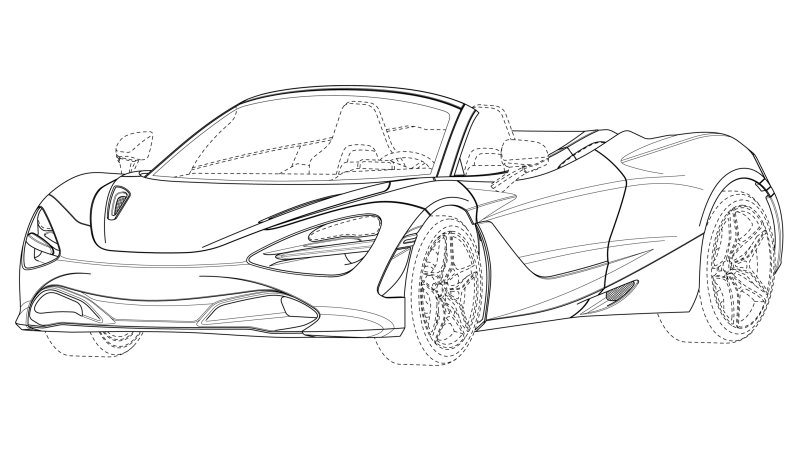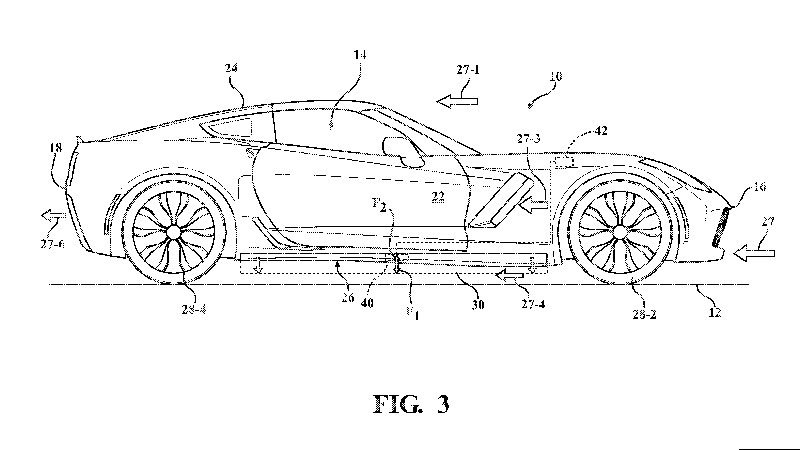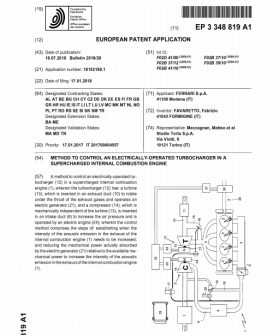McLaren 720S Spider patent drawings prove droptop is in the works
McLaren announced recently that it would be launching many new models and variants through 2025. And some European patent drawings seem to reveal one of those models. They show a McLaren 720S without a roof, indicating that it will be a 720S Spider convertible.
That’s very literally what these drawings are, since it only shows what section of the coupe’s roof will be removed, and it doesn’t show any of the structure or folding roof that will take its place. The result is a little strange to look at, with proportions that, if we didn’t know there was an engine in the way, would almost suggest a rear seat. With the McLaren 570S Spider as a guide, though, we expect that there will be some long, curved cowls behind each of the seats to help retain the coupe’s profile, even when the roof is down. We also expect that it will use a folding metal roof like that of the 570S.
We also suspect that the 720S Spider will follow the 570S Spider’s lead in offering open-air driving without sacrificing performance. The 570S impressively had the same top speed (top up), the same fuel economy and roughly the same acceleration to 60 mph as its coupe twin, even with a 101-pound weight penalty. The 720S will probably be similar with a minor weight penalty, greater price, and almost identical performance.
Related Video:




